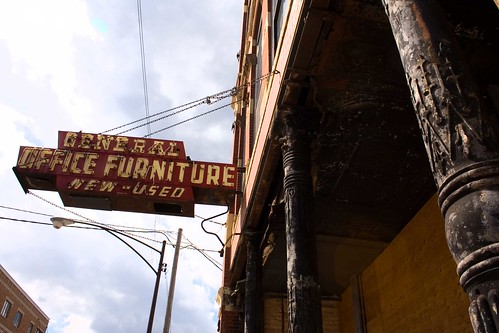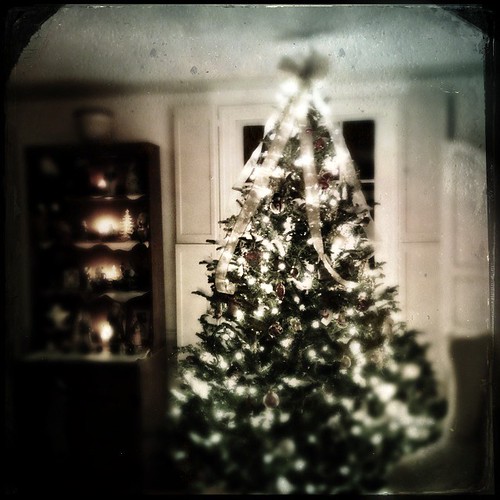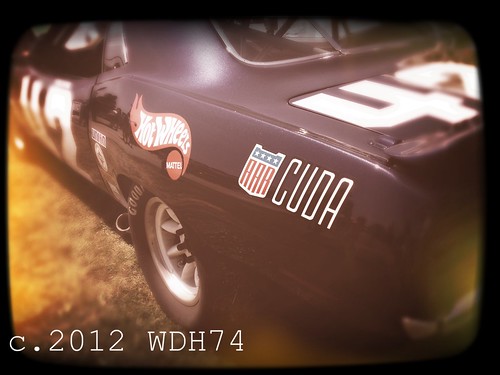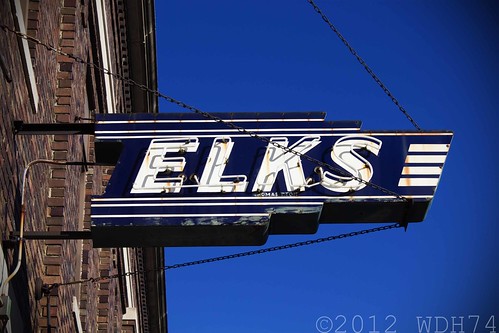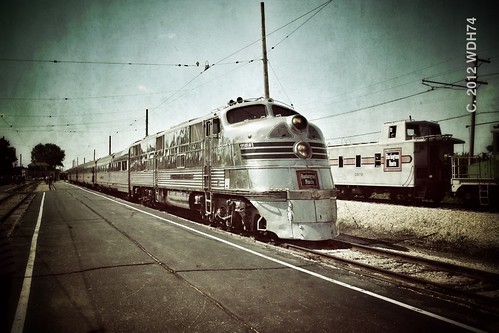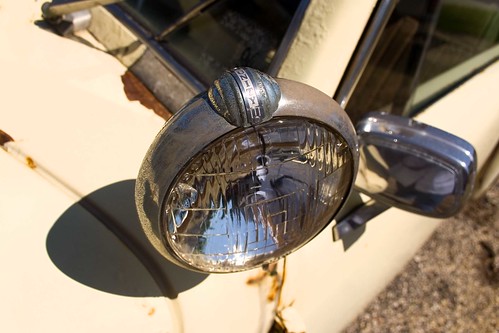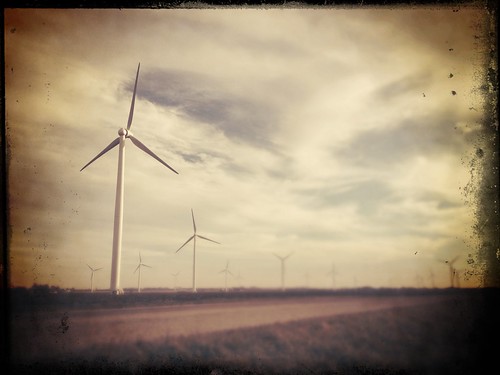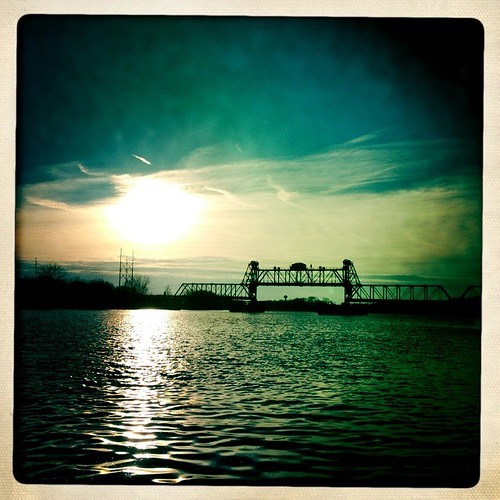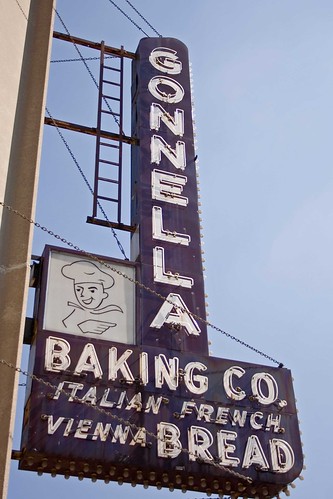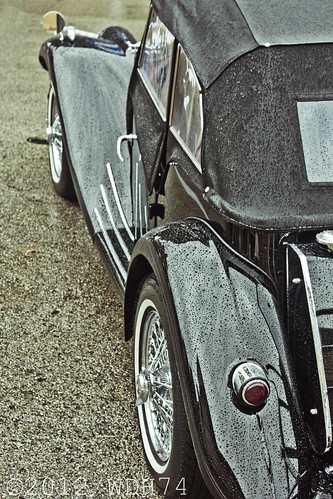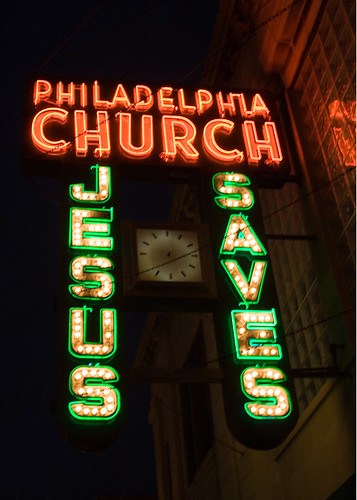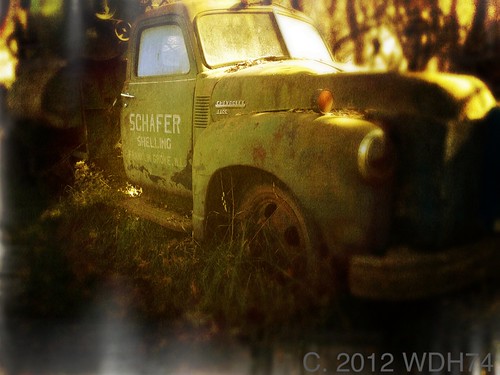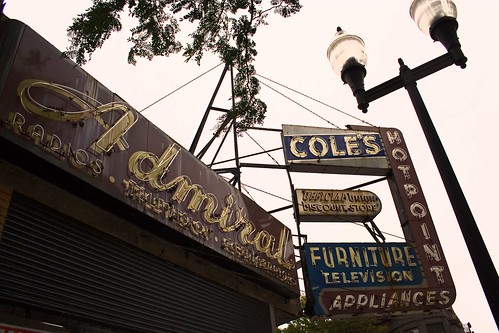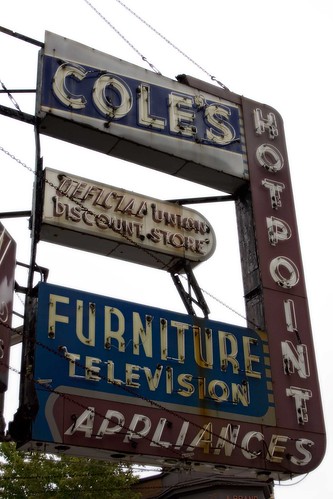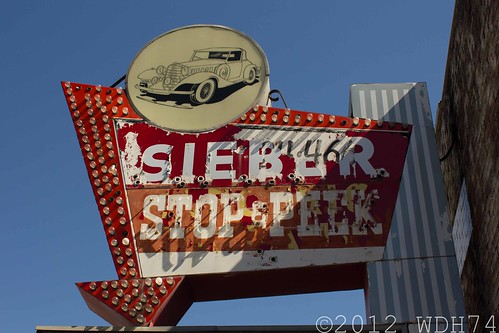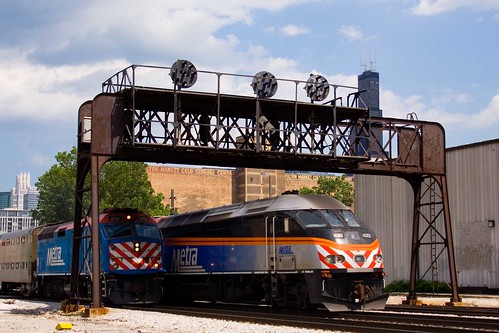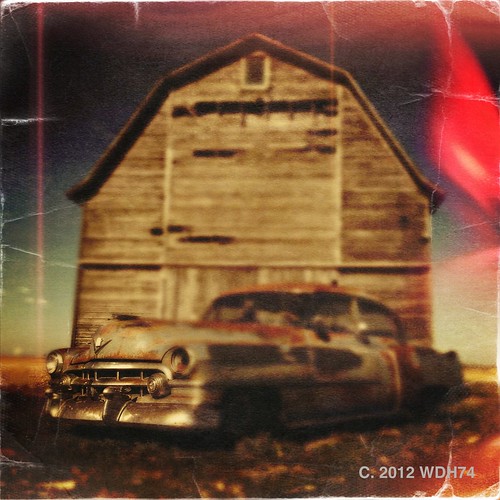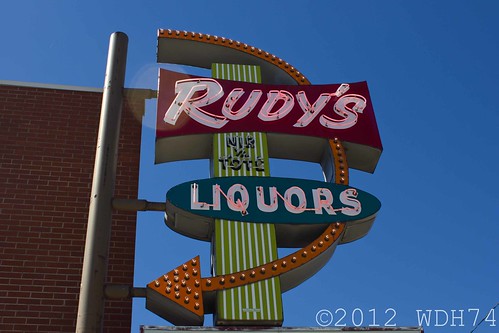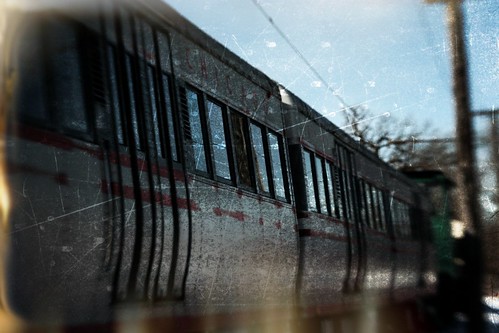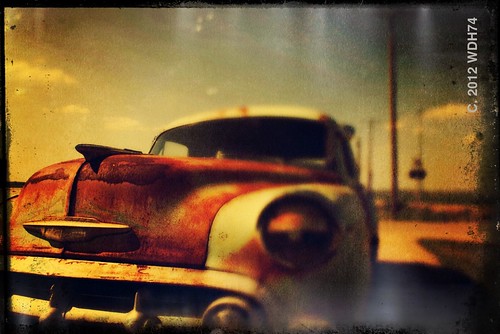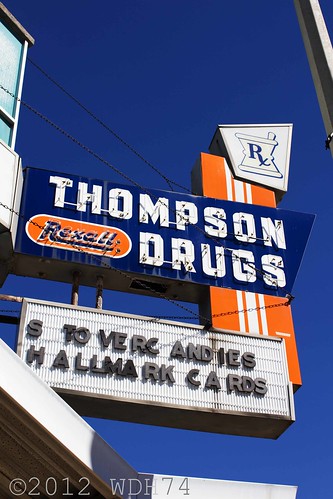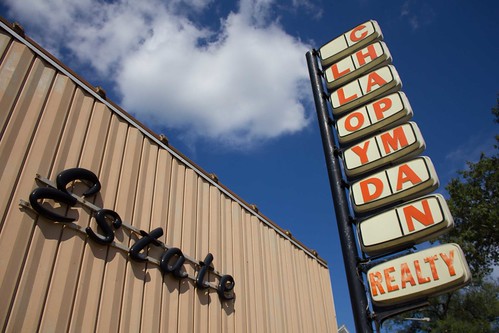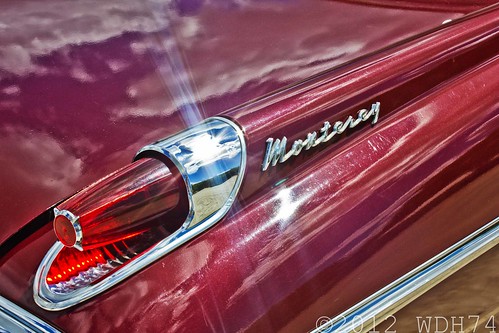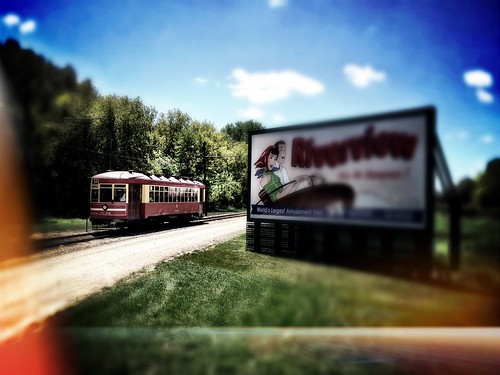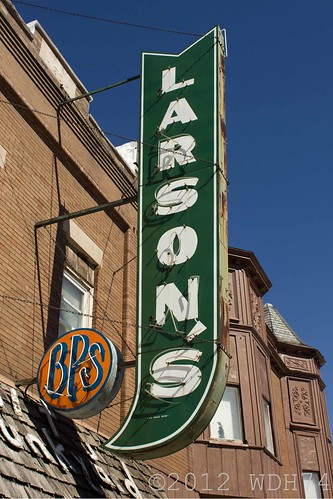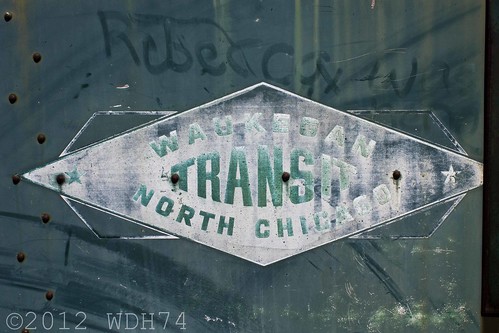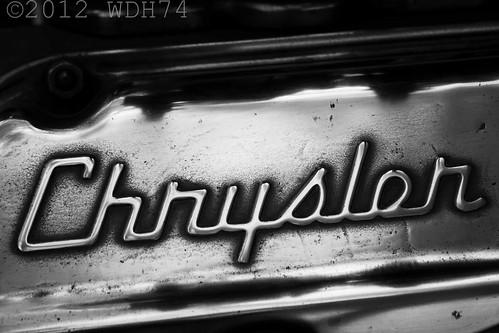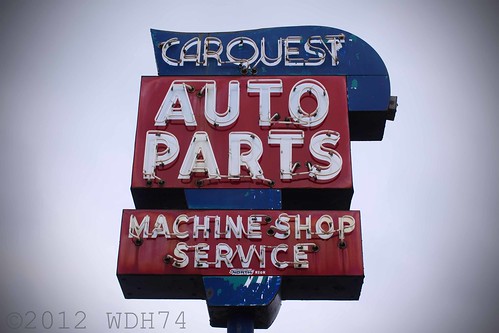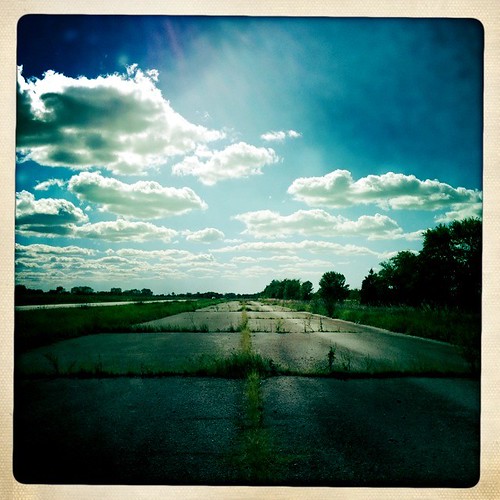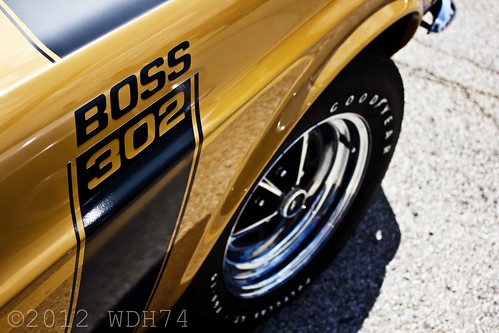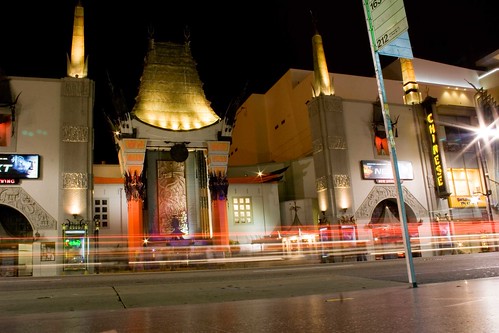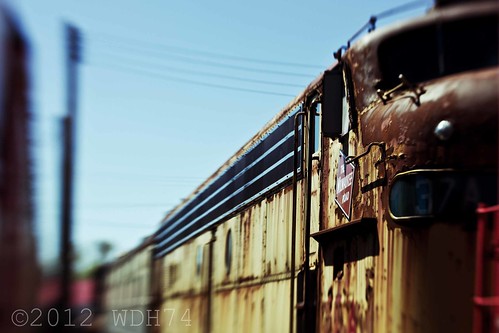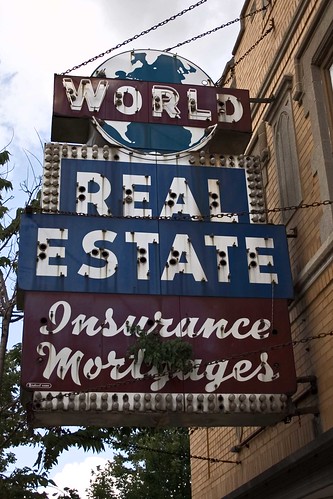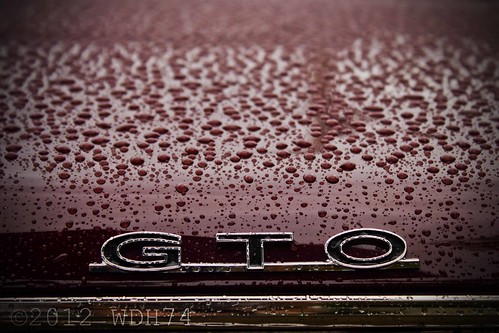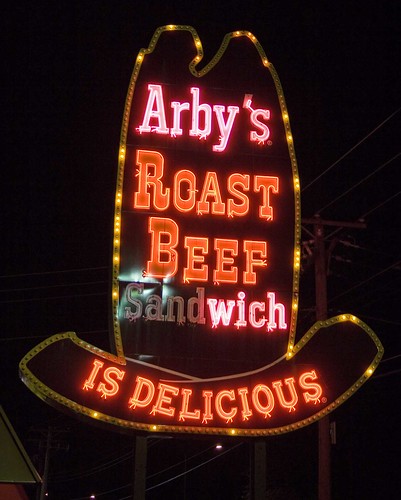Some engines are known by their numbers-289, 350, 427, 3.8 litre (that's a Jaguar). Some by their name-Flathead, Commando, Twin-Spark (that's an Alfa Romeo). But one seems to always tower above all the rest-Hemi.
In the broadest terms, a "hemi engine" is just an internal combustion engine with hemispherical combustion chambers at the top. This puts the intake and exhaust valves on opposite sides, providing a direct path for the gases to flow across the combustion chamber. It's an old design, dating to the early twentieth century, and plenty of illustrious manufacturers used the design. Alfa Romeo, Peugeot, Ford, BMW, Bristol, and the wonderful racing engines of Harry Miller all used this design. However, when you say the word "Hemi", one other word usually pops into your head-Chrysler (or maybe Dodge. Or Plymouth. Or DeSoto if you're weird).
Chrysler has been the largest, and arguably most famous, proponent of the hemi-head design. Best known in it's mid sixties 426 version, Chrysler's earliest hemis were introduced in 1951, to power the company's big luxury cruisers. Hot rodders and drag racers soon learned that these engines were quite a bit more powerful than the Ford flathead V-8, and they were easy to tune and able to take serious amounts of forced induction. In fact, these early engines were popular well into the sixties, after they ceased production-plenty of top flight drag racers were using them, running huge blowers and nitromethane on junkyard blocks.
This one's a Fire Power that I saw in a hot rod-I was told it came out of a '54 New Yorker.
